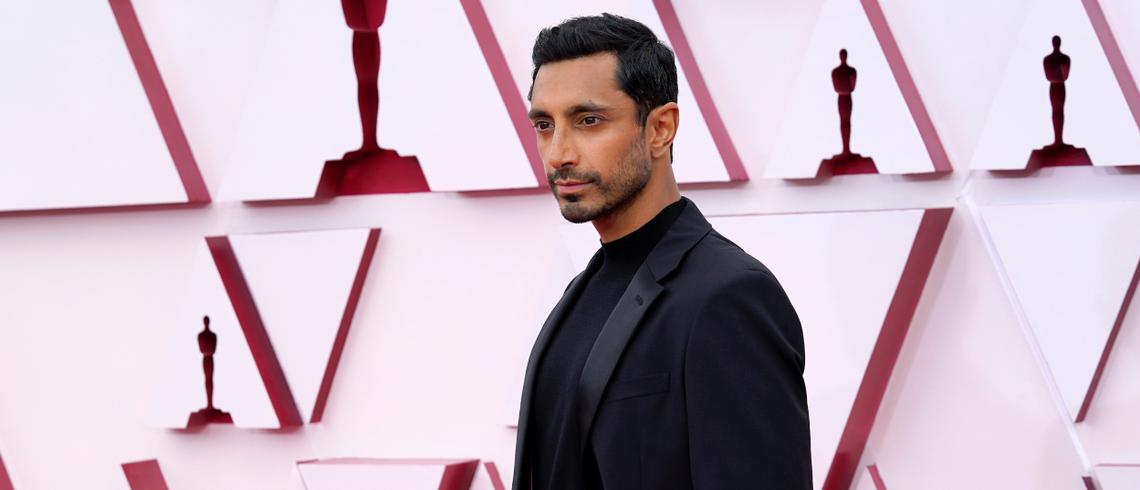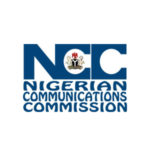A Muslim advocacy group in the United States has launched an artist database with support from Disney to address portrayals of Muslims behind the screen.
The Pillars Muslim Artist Database will include profiles for actors, directors, cinematographers, sound technicians, and other professionals working across the film industry in the US.
Directors, producers, and casting executives can search through profiles on the network and invite artists they want to collaborate with.
The initiative comes following a report previously this year which found a dearth of Muslims depicted in popular films and Muslim characters often limited to harmful stereotypes.
“Our communities have largely been missing from behind and in front of the camera for decades. Not only has this led to terrible misrepresentations of Muslims on screen, but there is an entire demographic of talented artists who have been underutilized,” said Pillars Fund Co-Founder and President Kashif Shaikh in a statement.
“The database is an additional tool for our teams and creatives across the industry to use as they develop more inclusive stories,” said Latondra Newton, Senior Vice President and Chief Diversity Officer at Disney. Based in Chicago, the Pillars Fund was involved in the June 2021 report on Muslim depiction on screen along with the University of Southern California (USC) Annenberg Inclusions Initiative and others.
Titled ‘Missing & Maligned: The Reality of Muslims in Popular Global Movies’, the groundbreaking study revealed the extent to which Muslim characters are either missing or negatively depicted across 200 movies released between 2017 and 2019 in the US, UK, Australia and New Zealand.
Fewer than 10 percent of them showed a Muslim character on screen, and of the 8,965 speaking characters analysed, only 1.6 percent were Muslim.
And when Muslims are cast, they tend to be racially profiled, with roughly two-thirds of Muslim characters played by Middle Eastern/North Africans. This also holds true for the location of the films setting for Muslim characters, with 46 percent of Muslim portrayals rooted in the MENA region.

 Join Daily Trust WhatsApp Community For Quick Access To News and Happenings Around You.
Join Daily Trust WhatsApp Community For Quick Access To News and Happenings Around You.


